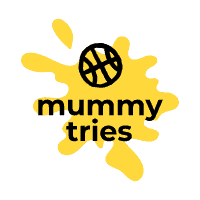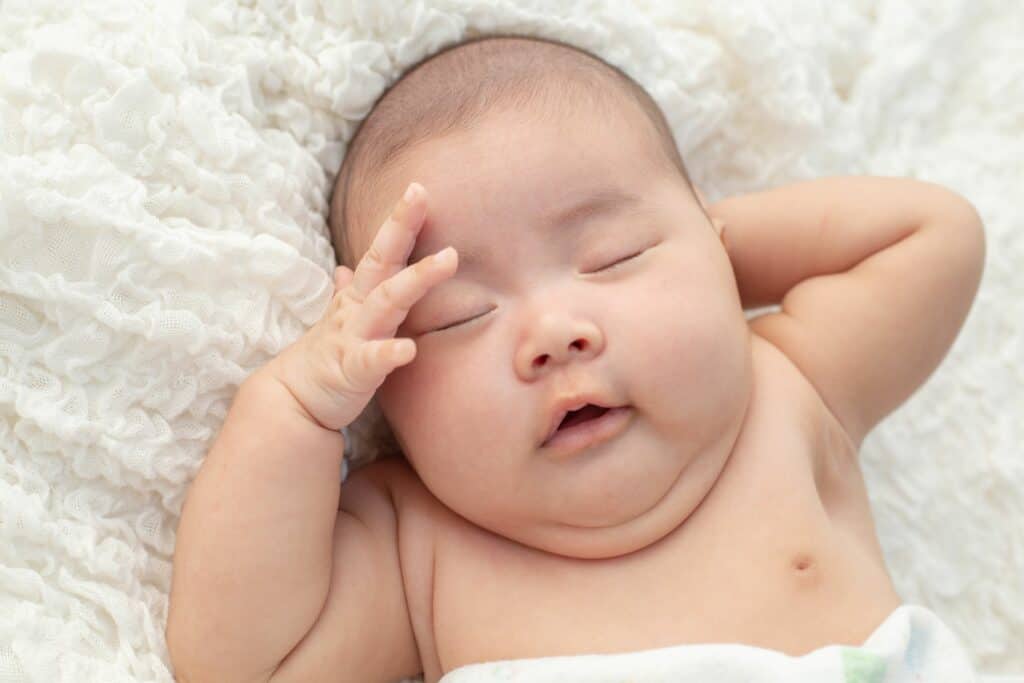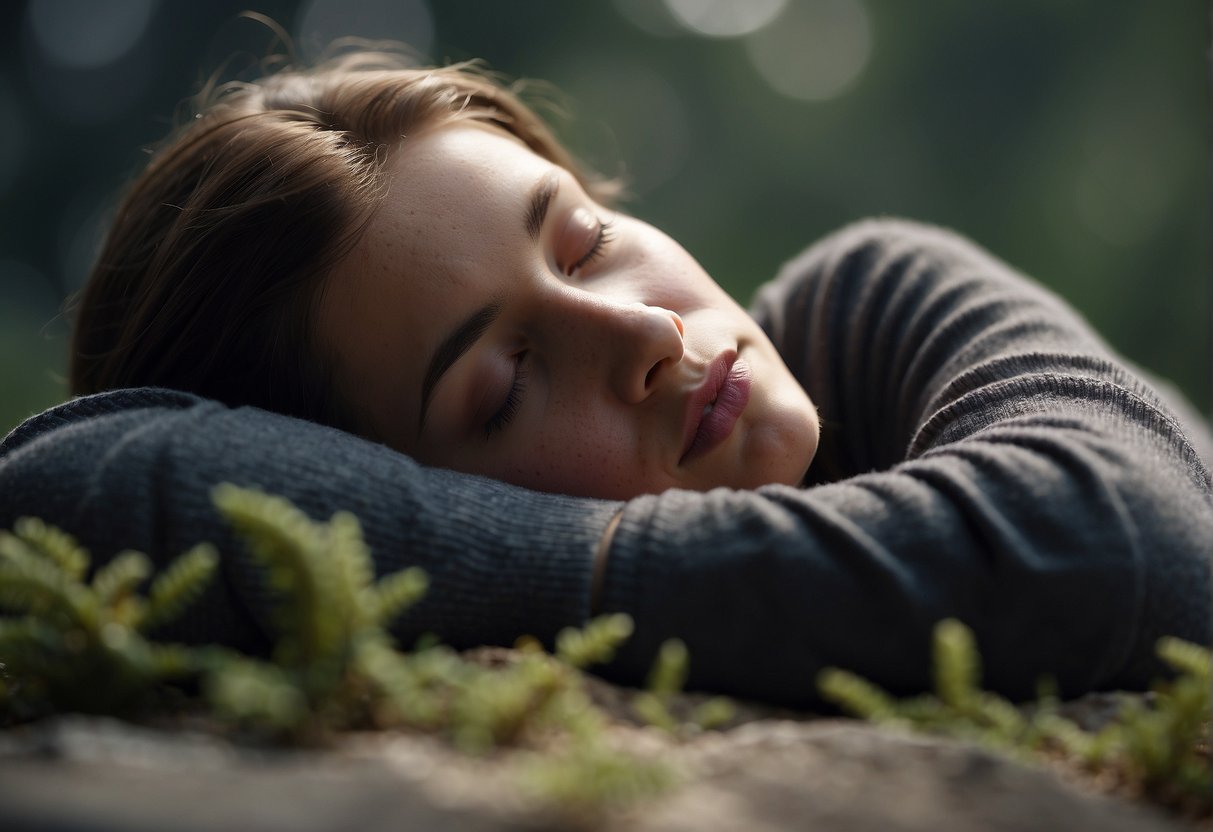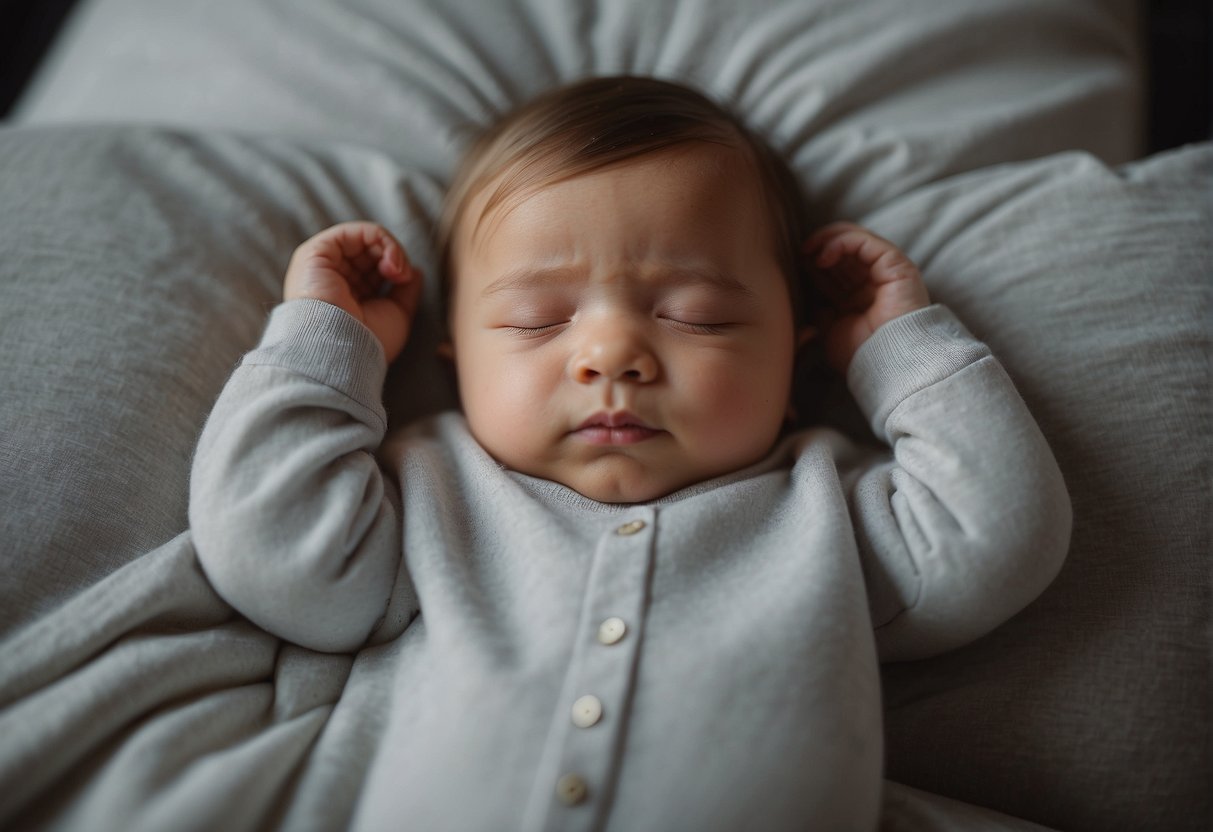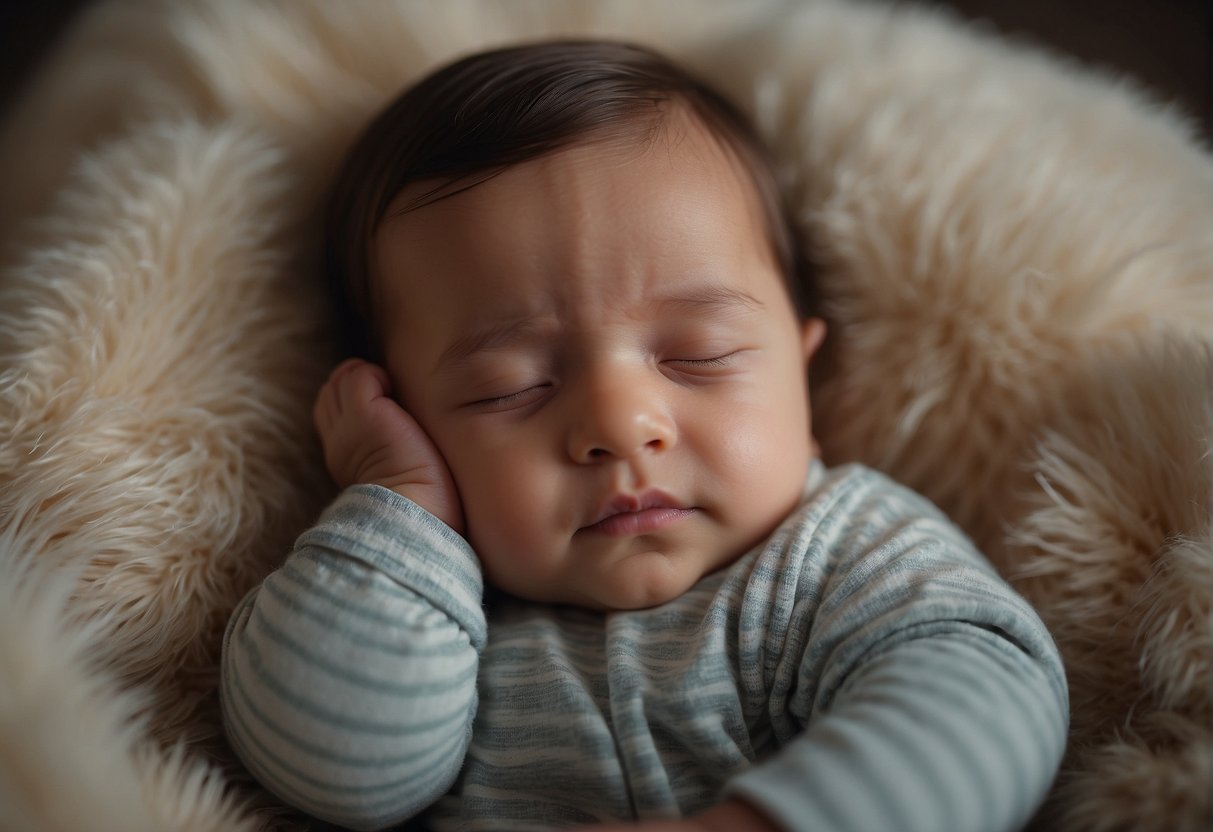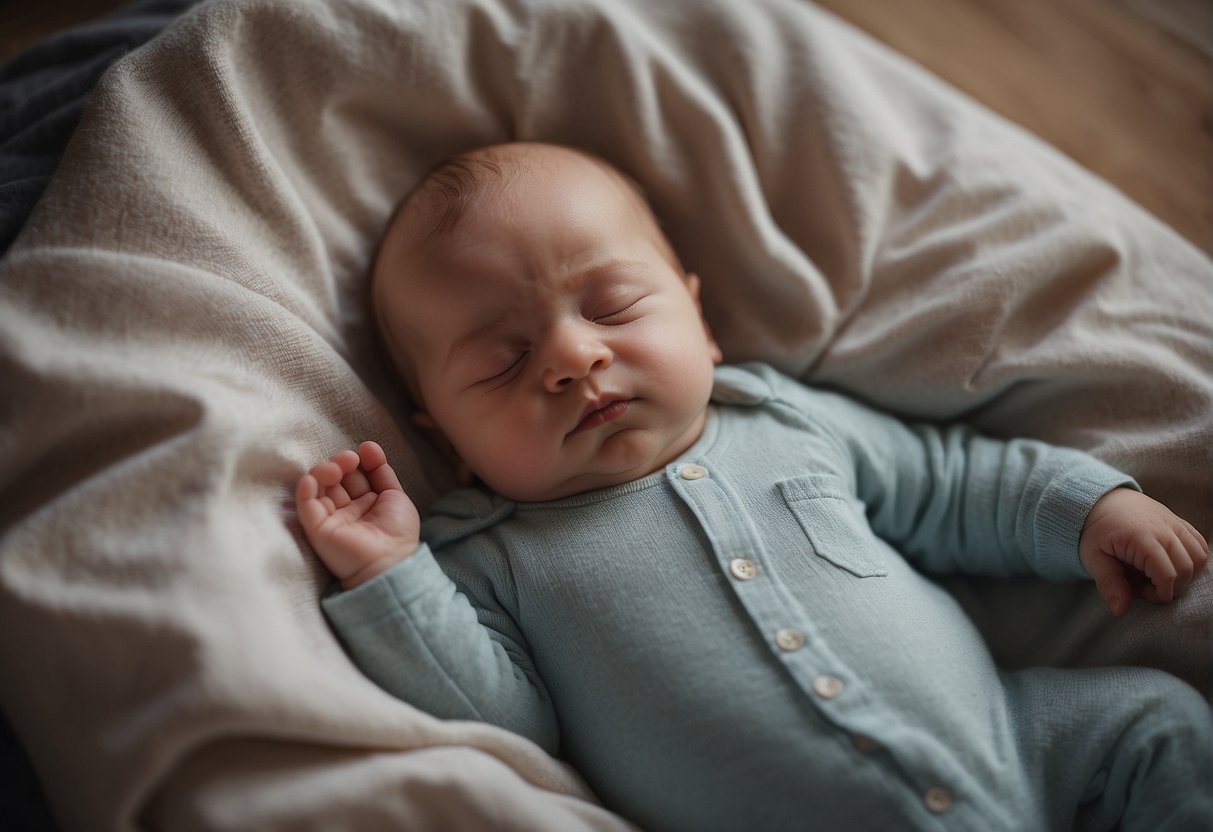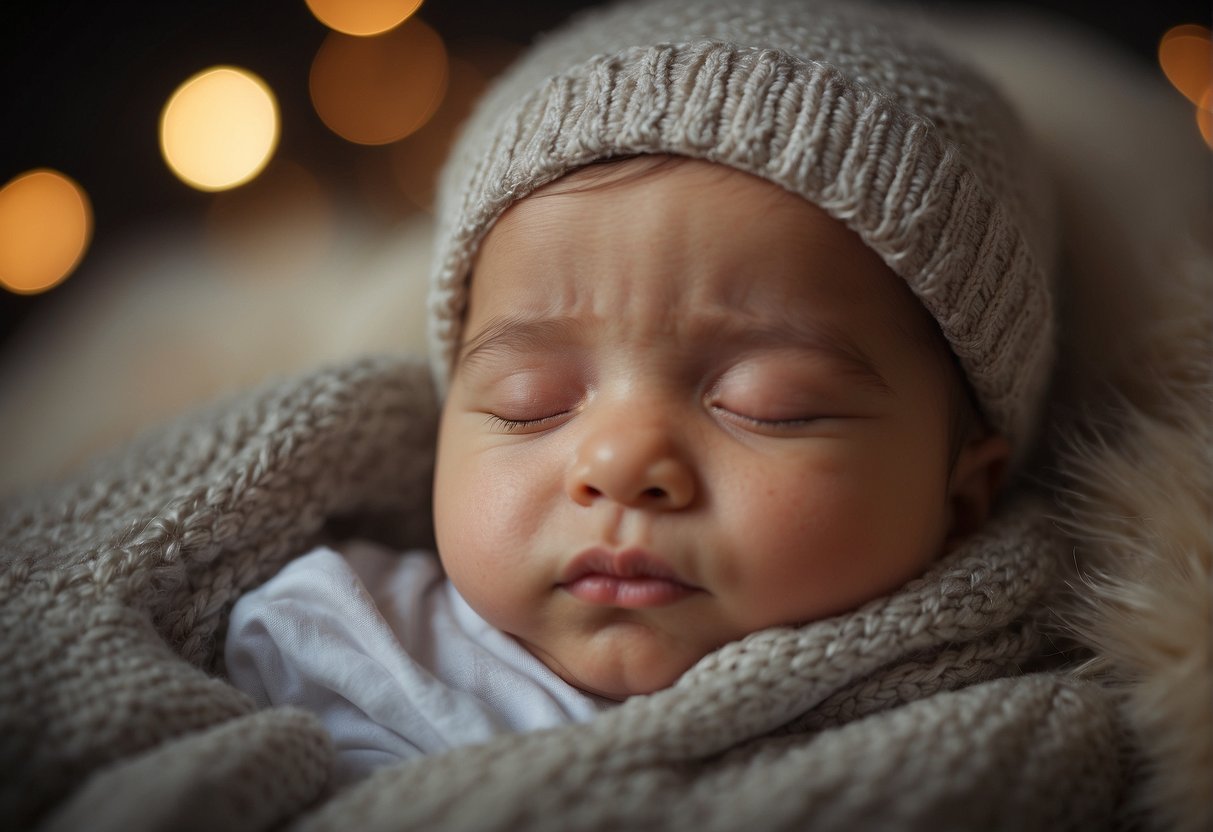Babies can sleep in various positions, and each one can mean something different. One of the most common sleeping positions that babies adopt is sleeping with their hands behind their head. Parents may wonder why their baby sleeps in this position and whether it is safe for them.
Understanding why babies sleep with their hands behind their head can help parents understand their baby’s sleeping habits. It can also help them identify any potential issues that may arise from this posture. While some babies may sleep with their hands behind their head due to comfort, others may do so due to developmental milestones.
Parents should also be aware of the safety and risks associated with a baby’s sleep position. Sleeping with hands behind the head can pose some risks, such as difficulty breathing or suffocation. Therefore, it is essential to ensure that the baby’s sleeping environment is safe and conducive to healthy sleep.
Understanding Baby Sleep Positions
Babies spend most of their time sleeping; thus, it is essential to ensure that they are sleeping in a comfortable and safe position. Understanding baby sleep positions is crucial for parents as it helps them identify the best sleeping position for their baby.
The Significance of Sleep Position
Sleep position can significantly affect a baby’s health and well-being. The American Academy of Pediatrics (AAP) recommends that babies should always be placed on their back when sleeping. This is because back sleeping reduces the risk of Sudden Infant Death Syndrome (SIDS), a leading cause of death in infants aged between one month and one year.
However, some babies may prefer to sleep on their side or belly, which can be risky. Side sleeping can cause the baby to roll over onto their belly, while sleeping on the belly increases the risk of SIDS. Therefore, parents should always ensure that their baby is sleeping on their back to reduce the risk of SIDS.
Common Sleep Positions in Infants
Babies have different sleeping positions, and some may appear unusual or uncomfortable to parents. One common sleep position in infants is sleeping with hands behind their head. This position may be a reflex action where the baby extends their limbs, toes, and fingers and stretches their neck and spine.
According to Parental Questions, babies below six months may not have lost the reflex, and they may react to noise and light during sleep by extending their limbs and neck, which makes their hands find their way to their head. This position is not harmful and indicates that the baby is comfortable and relaxed.
Another common sleep position in infants is sleeping with their arms and legs spread out. This position is also known as the “starfish position.” It is a comfortable position for babies as it allows them to move their limbs freely.
In summary, understanding baby sleep positions is crucial for parents as it helps them identify the best sleeping position for their baby. Parents should always ensure that their baby is sleeping on their back to reduce the risk of SIDS. Sleeping with hands behind the head is a common sleep position in infants and indicates that the baby is comfortable and relaxed.
Safety and Risks Associated With Baby Sleep
Babies spend most of their time sleeping, and as a result, it is essential to ensure they sleep in a safe environment. Some of the risks associated with baby sleep include Sudden Infant Death Syndrome (SIDS) and suffocation. Therefore, parents and caregivers should take proper precautions to ensure the baby sleeps safely.
Preventing Sudden Infant Death Syndrome (SIDS)
Sudden Infant Death Syndrome (SIDS) is a leading cause of death in infants between one month and one year old. While the exact cause of SIDS is unknown, certain factors increase the risk of SIDS, including placing the baby to sleep on their stomach or side, overheating, and loose bedding.
To prevent SIDS, the American Academy of Pediatrics recommends placing the baby to sleep on their back for every sleep time, including naps and nighttime sleep. Additionally, parents should ensure the baby sleeps on a firm mattress in a crib that meets the safety standards set by the Consumer Product Safety Commission (CPSC).
Safe Sleeping Practices
In addition to preventing SIDS, parents and caregivers should also follow safe sleeping practices to reduce the risk of suffocation. Infants should never sleep on a couch or armchair, and parents should avoid bed-sharing with their baby, especially if they are under four months old. Loose bedding, including blankets, pillows, and crib bumpers, should also be avoided as they increase the risk of suffocation.
In conclusion, ensuring a baby sleeps safely is crucial in preventing SIDS and suffocation. By following safe sleeping practices, parents and caregivers can reduce the risk of these dangers and ensure their baby sleeps comfortably.
Interpreting Baby’s Sleeping Postures
Babies have a unique way of sleeping, and their sleeping positions can reveal a lot about their comfort level. Understanding your baby’s sleeping postures can help you ensure that they are comfortable and safe during their sleep.
Hands Behind the Head and Comfort
One common sleeping posture that babies adopt is sleeping with their hands behind their head. This posture is quite common and is a sign that the baby is comfortable and relaxed. According to Sleepbaby.org, as babies grow and start to explore their world, they develop habitual sleeping positions based on their comfort level. This posture could be a result of the baby’s body awareness and comfort.
Decoding Other Common Baby Sleep Gestures
Apart from sleeping with hands behind the head, babies have other common sleeping gestures that can reveal their comfort level. For instance, the Moro reflex, also known as the startle reflex, is a common sleeping gesture that babies exhibit. This reflex is an involuntary response to a loud noise or sudden movement, and it causes the baby to jerk their arms and legs. According to Sleepbaby.org, babies who sleep with their arms up could be due to the Moro reflex, which is often seen in newborns. This posture is a sign of comfort and contentment for babies.
In conclusion, understanding your baby’s sleeping postures can help you ensure that they are comfortable and safe during their sleep. The hands behind the head posture is a sign that the baby is comfortable and relaxed, while the Moro reflex is a common sleeping gesture that babies exhibit.
Developmental Milestones and Sleep
Babies go through many developmental milestones in the first year of life, and these milestones can impact their sleep patterns. At around 4 months of age, infants start to turn over and grow stronger, which can affect their sleep positions.
Growth and Motor Skills Development
As babies grow and develop, they become more mobile and active. This includes learning to roll over, sit up, crawl, and eventually walk. These motor skills developments can impact how they sleep and the positions they prefer. For example, a baby who has just learned to roll over may prefer sleeping on their stomachs.
Encouraging Healthy Sleep Habits
It is important to encourage healthy sleep habits in infants from an early age. This includes providing a safe sleep environment, such as a firm mattress and no loose bedding or soft objects in the crib. Additionally, tummy time during the day can help develop motor skills and prevent flat spots on the back of the head.
When babies sleep with their hands behind their heads, it can be a sign of comfort and security. Attempting to move their hands from this position may disrupt their sleep and cause distress. It is important to allow babies to sleep in positions that are comfortable for them, as this can help them get the rest they need to grow and develop properly.
Overall, understanding developmental milestones and encouraging healthy sleep habits can help parents ensure that their babies get the sleep they need for optimal growth and development.
Optimizing Baby’s Sleep Environment
Creating a comfortable sleep environment for a baby is essential for their physical and emotional well-being. Here are some tips for optimizing your baby’s sleep environment.
The Role of Light and Temperature
Light and temperature play a crucial role in regulating the baby’s sleep and waking cycles. It is recommended to keep the room dark and cool to promote a good night’s sleep. Babies are sensitive to light, and it can interfere with their sleep patterns. Consider using blackout curtains or shades to block out any unwanted light, especially during daytime naps.
Temperature regulation is also essential for a baby’s sleep. Overheating can cause discomfort, leading to disrupted sleep. It is recommended to keep the room temperature between 68-72°F (20-22°C) and dress the baby appropriately. A simple rule of thumb is to dress the baby in one layer more than what you are comfortable wearing.
Choosing the Right Sleep Accessories
The right sleep accessories can make a significant difference in a baby’s sleep quality. Here are a few things to consider:
- Crib: Choose a crib that meets the safety standards and is comfortable for the baby. Avoid using any soft bedding, such as pillows, blankets, or bumpers, as they increase the risk of suffocation.
- Swaddling: Swaddling can help calm a fussy baby and promote better sleep. However, it is essential to swaddle the baby correctly and avoid overheating. Consider using a swaddle blanket made of breathable fabric.
- Toys: While toys can provide comfort and security to a baby, it is recommended to keep them out of the crib during sleep. Soft toys or loose bedding can pose a suffocation hazard.
- Comfort and Security: Babies thrive on comfort and security. Consider using a pacifier or a lovey (a small blanket or stuffed animal) to provide comfort and security to the baby.
- Pressure: Some babies find comfort in pressure. Consider using a weighted blanket or a sleep sack to provide gentle pressure to the baby.
- Overheating and Hypoxic: Overheating and hypoxic (lack of oxygen) conditions can cause Sudden Infant Death Syndrome (SIDS). It is essential to ensure that the baby’s sleep environment is safe and free of any suffocation hazards.
By following these tips, parents can create a safe and comfortable sleep environment for their baby, promoting healthy sleep habits and overall well-being.
Frequently Asked Questions
Is it normal for infants to sleep with their arms above their head?
Yes, it is normal for infants to sleep with their arms above their head. According to SleepBaby.org, babies tend to sleep in different positions, and it is not uncommon for them to sleep with their arms above their head. This position may signify that the baby is in a deep sleep and is comfortable.
What does it mean when a baby sleeps with their hands behind their head?
When a baby sleeps with their hands behind their head, it often indicates that they are comfortable and relaxed. According to NewMamaa.com, this position showcases the utmost comfort and relaxation of the little one, melting hearts all around.
Can sleeping with hands behind the head indicate discomfort in babies?
No, sleeping with hands behind the head does not necessarily indicate discomfort in babies. According to ParentalQuestions.com, babies experiment with new sleeping positions for comfortable sleep. Babies turn and change postures, which might be why your baby has their hands behind the head.
At what age do babies typically start sleeping with their hands behind their head?
Babies can start sleeping with their hands behind their head as early as a few weeks old. However, this can vary from baby to baby. According to SleepBaby.org, observing their unique sleeping positions can sometimes leave parents wondering and even worried.
Should I be concerned if my toddler prefers to sleep with their hands behind their head?
No, you should not be concerned if your toddler prefers to sleep with their hands behind their head. According to ParentPortfolio.com, toddlers experiment with new sleeping positions for comfortable sleep just like babies do.
Does the position of a baby’s hands during sleep affect their development?
No, the position of a baby’s hands during sleep does not affect their development. According to TheInspiredTreehouse.com, developmental red flags for infants include arching the body backward in any position, keeping one or both hands tightly clenched all the time, and difficulty with initiating and maintaining sidelying position.

My name is Laura, and as a mother of two, I understand firsthand the joys and challenges of raising a child. That’s why I created this website, to provide a comprehensive and trustworthy source of information and support for new and expectant parents.
